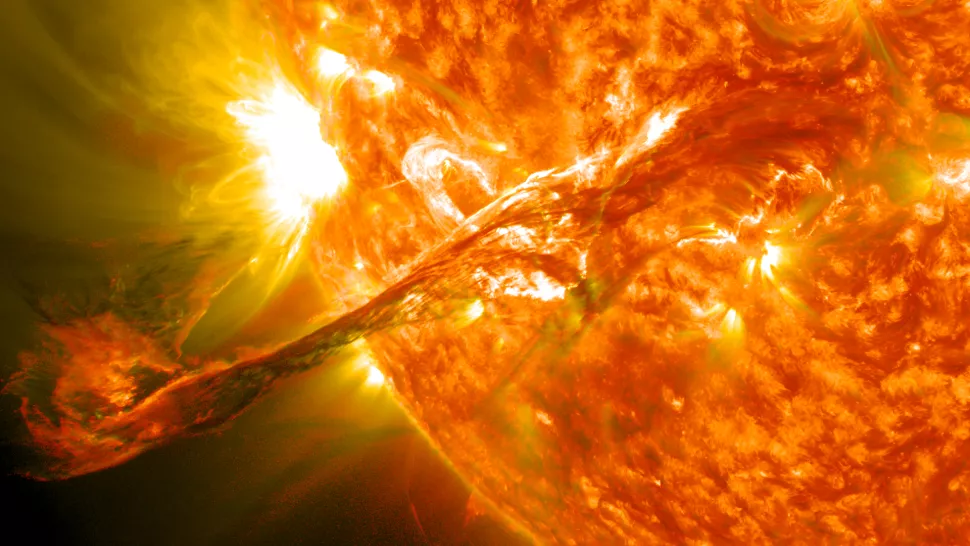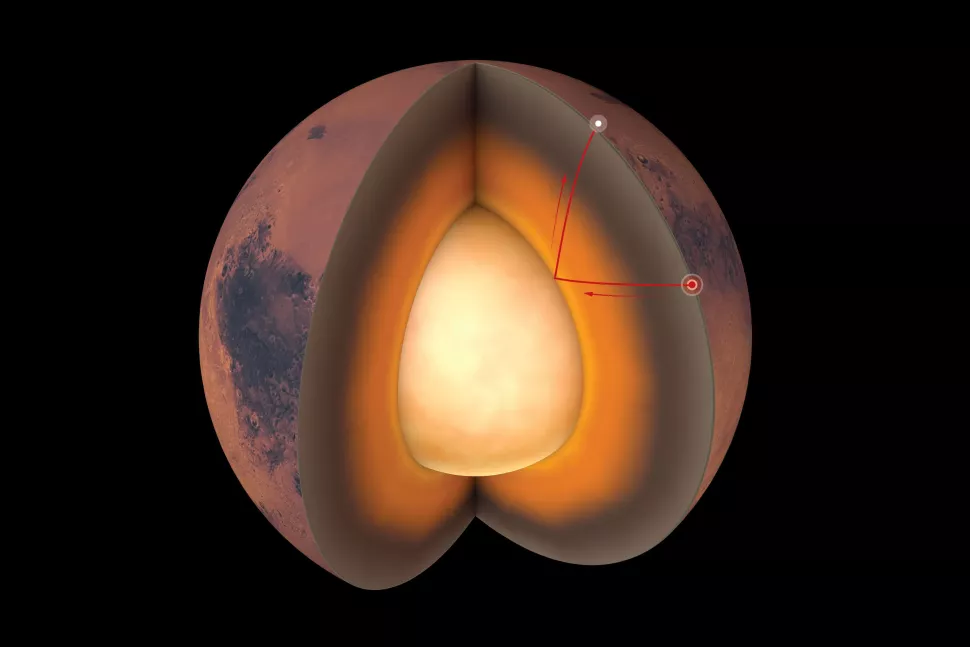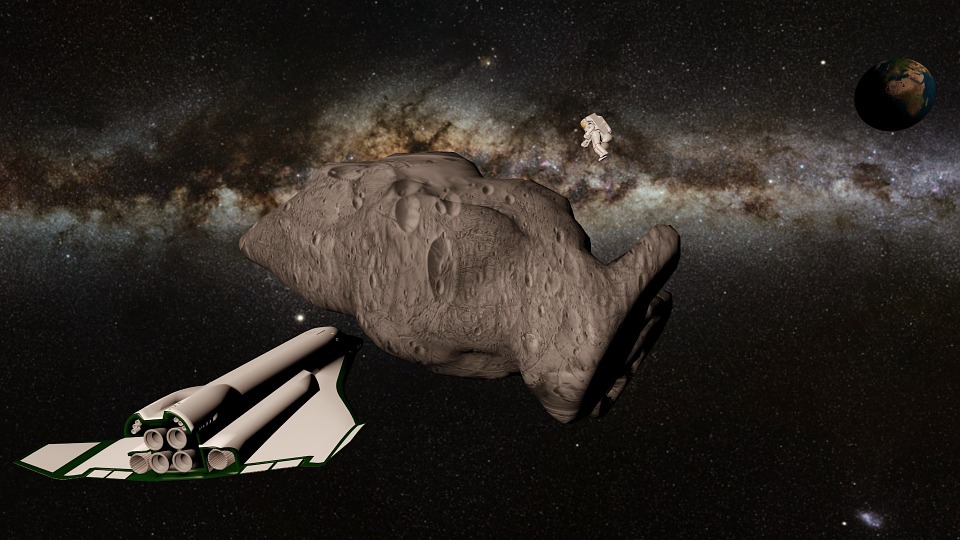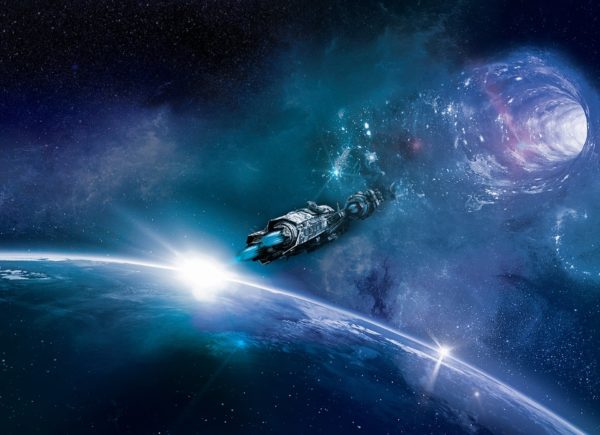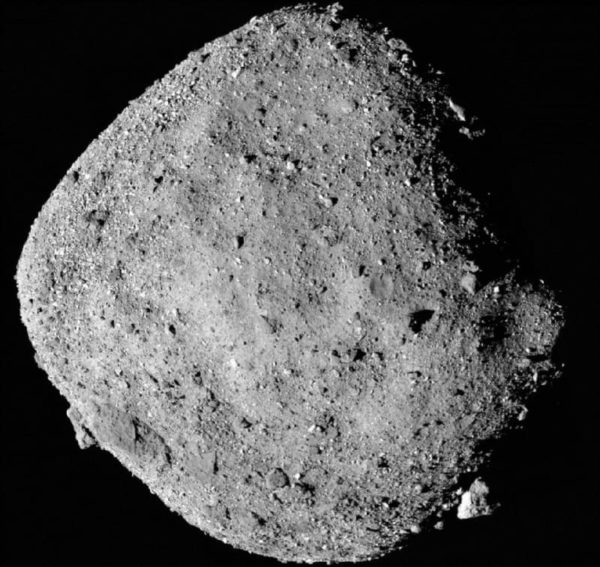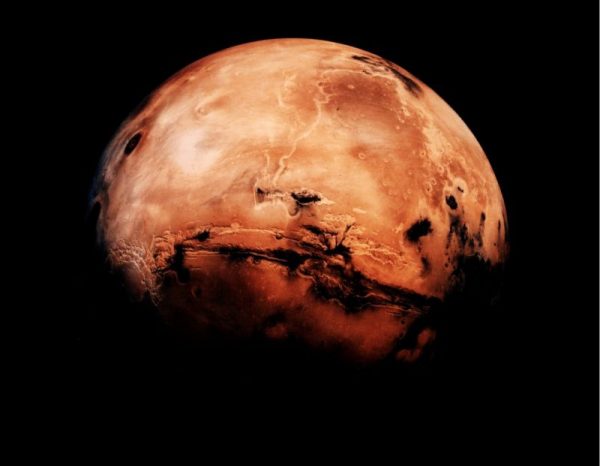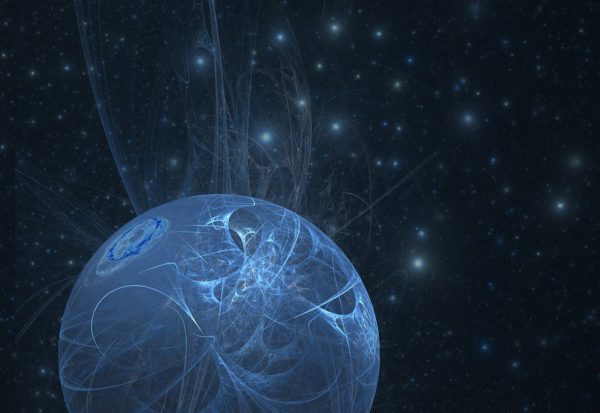WHAT IF: A Solar Storm Destroyed the Internet?
The sun is always showering Earth with a mist of magnetized particles known as solar wind. For the most part, our planet’s magnetic shield blocks this electric wind from doing any real damage to Earth or its inhabitants, instead sending those particles skittering toward the poles and leaving behind a pleasant aurora in their wake. But sometimes, every century or so, that wind escalates into a full-blown solar storm — and, as new research presented at the SIGCOMM 2021 data communication conference warns, the results of such extreme space weather could be catastrophic to our modern way of life. In … Read more



